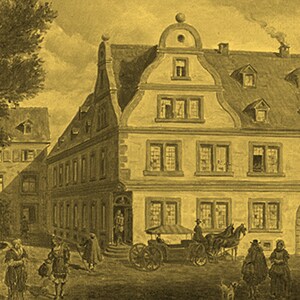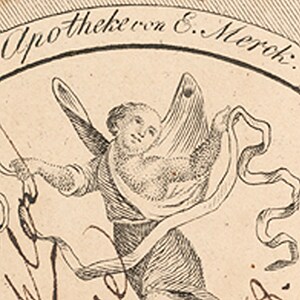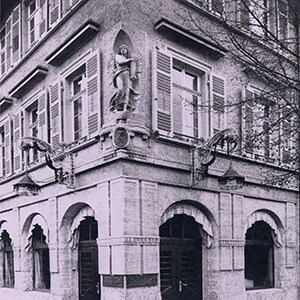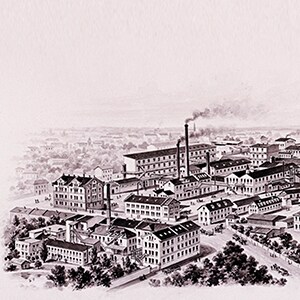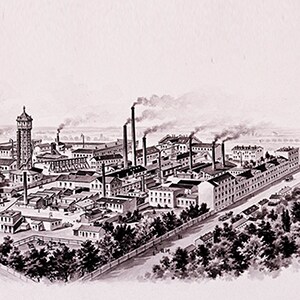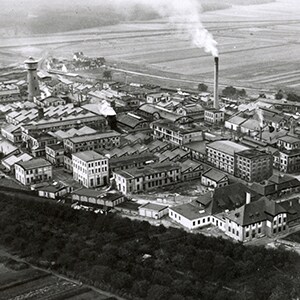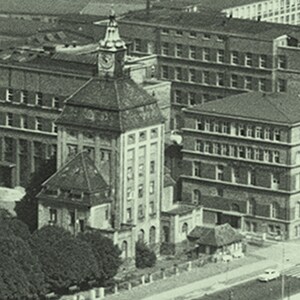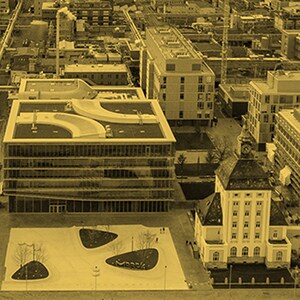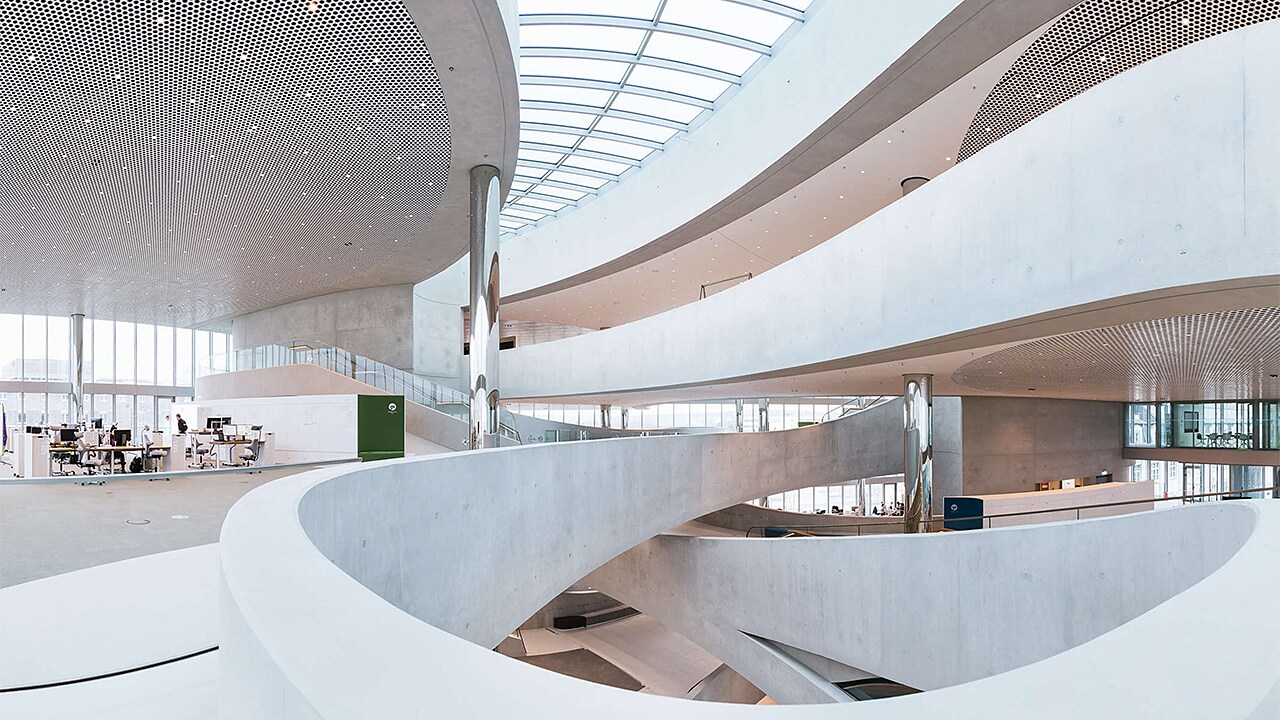
»No man ever steps in the same river twice, for it’s not the same river and he’s not the same man.«
Heraclitus, 5th century BC
Is there a secret recipe that companies could follow to survive? There is probably no Archimedean point from which one can objectively perceive business survival in its totality. However, when it comes to innovation management, intellectual levers can be used to create new perspectives. Innovation plays a key role here. It is not the strongest of the species that survives, nor the most intelligent. It is the one that is most adaptable to change. Darwin’s famous words are a valuable lesson for any organization today that is fighting to survive while facing the challenges of change and innovation. The question is therefore not whether innovation is necessary, but how it can succeed.
The ability to continually innovate is essential for survival. If our products and services, along with the way we create and deliver them, do not evolve, then we run the risk of being left behind. There is simply no guarantee of survival. Only those companies that can regularly predict, accept and adapt to change will survive, and even those that strive for innovation will not necessarily grow. Sometimes the changes are profound, penetrating to the roots of the company and substantially transforming many things.
The majority of companies have a rather brief life span, and only very few survive a single century, let alone multiple centuries as Merck KGaA, Darmstadt Germany, has. If we consider the lessons of history, it becomes quickly clear that viability and longevity are underpinned by the company’s capacity to constantly reinvent itself.
So, as far as innovation management goes, what is the recipe for longevity? Shrewd survivors evolve and develop their own solutions while simultaneously tapping into external ideas and implementing these across their own organization. These masters of survival target both continuity and agility, focusing particularly on the following strategic areas through which they shore up their organization: competence (building knowledge on a solid foundation), curiosity (developing a quantifiable model), capability (deriving values from knowledge), and continuity (passing on values and convictions). And yet there is no simple recipe for longevity.
The historic core of the company is the second Darmstadt town pharmacy, later named the Engel-Apotheke. It is acquired in 1668 by Friedrich Jacob Merck and is still in Merck family ownership today. Originally located on Schlossgraben, the street along the moat of the palace, Emanuel Merck moved the pharmacy in 1836 to its current location on Luisenplatz.
In the mid-19th century, the company pharmacy laboratory starts evolving into an actual factory in the eastern part of Darmstadt. By the end of the century, there is no more room to expand, so the entire facility is relocated to a new site north of the city in 1904.
Since 1904, the company headquarters have been located on Frankfurter Strasse in Darmstadt. The factory initially built on a green meadow undergoes tremendous expansion. The city also grows, and is now even closer to the site. In the 21st century, the company develops the site further into a contemporary global headquarters.

